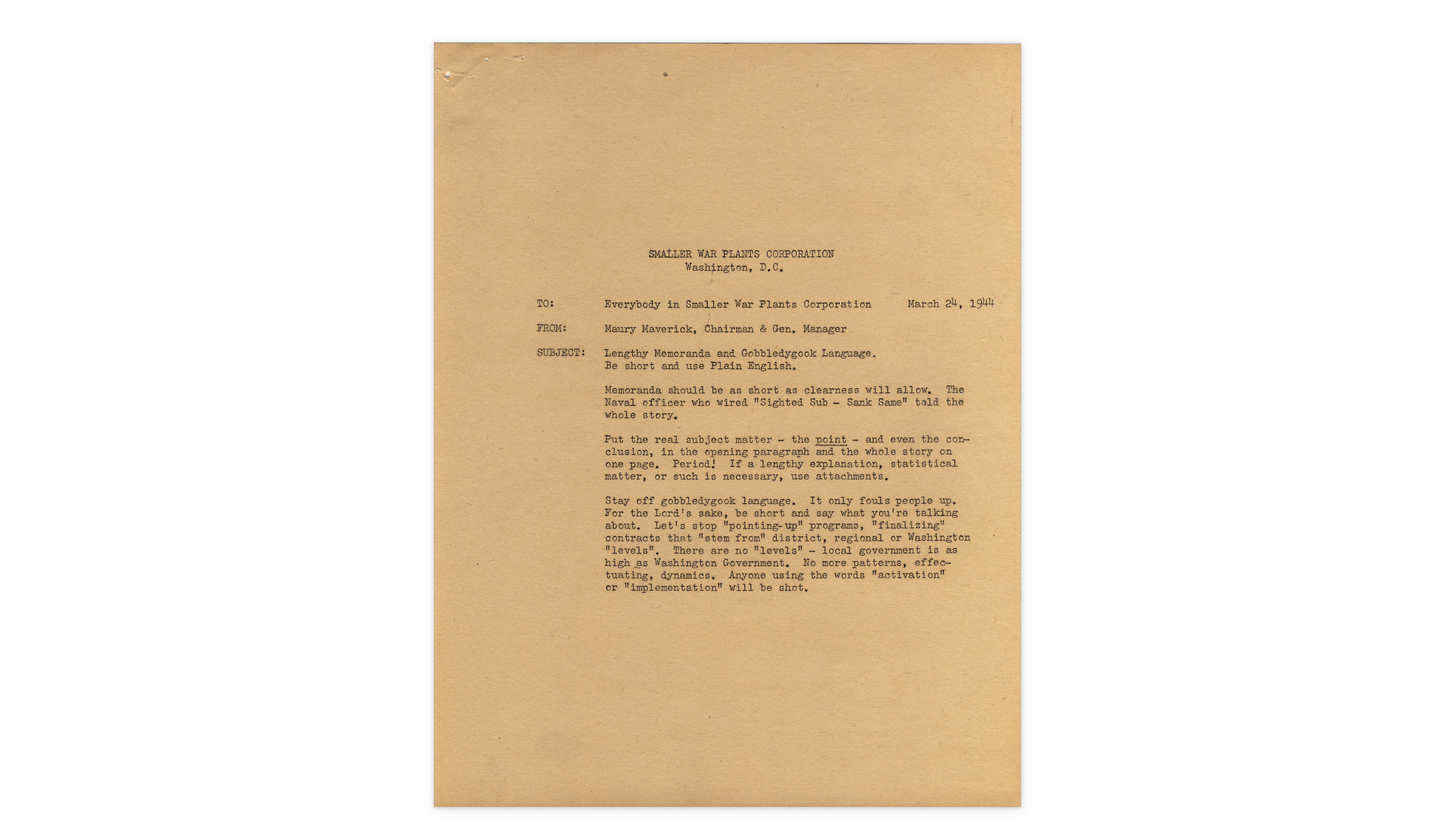Here are some signs that your business writing needs to be improved
Your colleagues’ reports are shorter, clearer and better-presented than yours. Your manager asks you to rewrite a document you wrote. Your manager asks someone else to rewrite a document you wrote. Your manager makes major edits to a document you wrote without saying anything to you. Receivers of your emails ask you questions about things you thought you had explained in the email. You don’t know how to use styles to format text.
